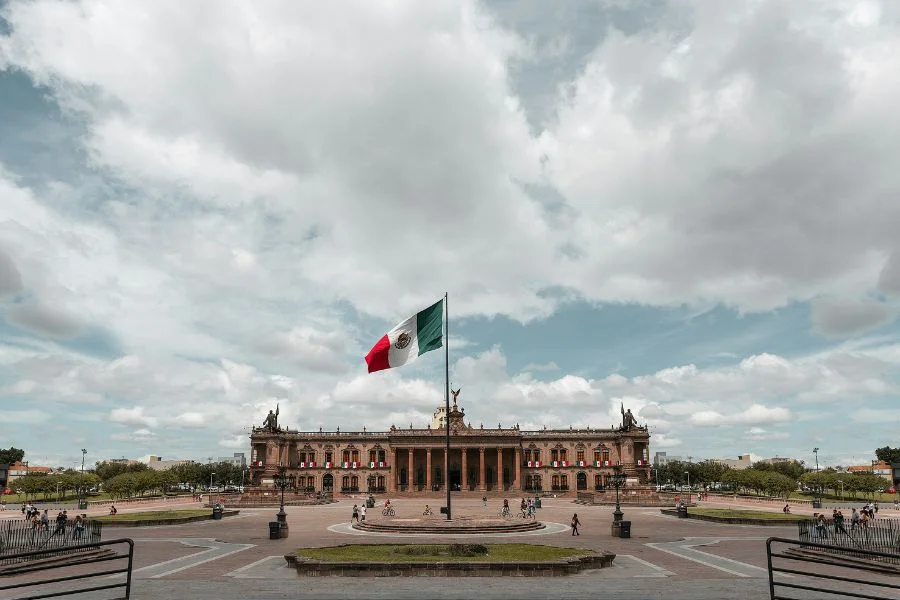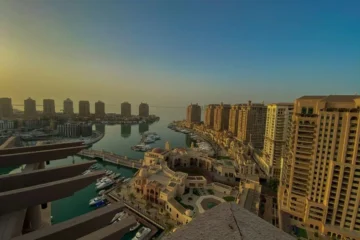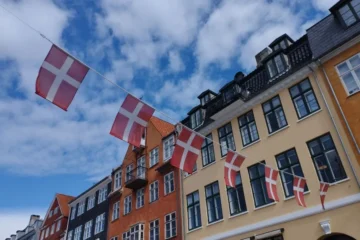Mexico has long been a favourite destination for tourists, retirees, and digital nomads. But beyond the beaches of Cancún, the cobblestone streets of San Miguel de Allende, and the energy of Mexico City lies something far more permanent: the opportunity to call Mexico home through permanent residency. In this guide, we will explore how to obtain permanent residency in Mexico, including eligibility, application procedures, requirements, and what life looks like after securing your residency card.
Key Takeaways
Understanding Permanent Residency in Mexico
Permanent residency in Mexico allows foreign nationals to live in the country indefinitely with the right to work, study, and access most public services. Unlike temporary residency, which is valid for one to four years, permanent residency provides long-term stability. It also serves as a pathway to Mexican citizenship after five years of continuous residence.
The status is particularly popular among retirees, professionals, and families who wish to settle in Mexico without worrying about repeated renewals. A permanent resident card functions as the official proof of status and is issued by the Instituto Nacional de Migración (INM), Mexico’s immigration authority.
Main Pathways to Permanent Residency
There are several clear pathways to permanent residency in Mexico, each tailored to different circumstances.
Also Read: How to Get Permanent Residency in Qatar 2025
1. Through family ties – Foreign nationals who are parents, children, or spouses of a Mexican citizen can apply for permanent residency. This is one of the most direct routes and requires documented proof of the relationship, such as marriage certificates or birth certificates.
2. Through financial solvency – Mexico offers a financial-based route to residency that is especially attractive to retirees or financially independent individuals. Applicants must demonstrate sufficient monthly income or savings. For 2025, the income requirement is typically around 500 times the Mexican minimum daily wage (approximately 50,000 MXN per month) or savings of around 20,000 times the daily wage (about 2.0 million MXN). These numbers can vary depending on consulates, so applicants should verify local requirements.
3. Through temporary residency transition – Individuals who have already held temporary residency in Mexico for four consecutive years are eligible to convert their status to permanent residency. This pathway is commonly used by foreign nationals who begin with temporary residency through work, study, or family and later secure permanent status.
4. Through humanitarian grounds – Mexico occasionally grants permanent residency on humanitarian grounds. This applies to individuals with refugee status, asylum cases, or other exceptional humanitarian reasons recognised by the INM.
Application Process
The application process for permanent residency in Mexico typically begins at a Mexican consulate abroad. Applicants are required to schedule an appointment and submit the necessary documents. Common documents include a valid passport, completed application form, recent photographs, proof of financial means or family relationship, and a clean criminal record.
Once the consulate approves the application, a visa is stamped in the passport. This visa must be used to enter Mexico within 180 days. After entry, the applicant must visit a local INM office within 30 days to finalise the process and obtain the permanent resident card.

For those applying through a transition from temporary residency, the process is handled entirely within Mexico at the INM offices. Applicants submit renewal forms, proof of continuous residency, and other supporting documents.
Processing times vary, but on average, it takes between one and three months to complete the procedure once inside Mexico. Applicants should plan accordingly and maintain a valid status during the transition.
Eligibility Requirements
Eligibility differs depending on the chosen pathway, but the general requirements are straightforward. Applicants must present valid identification, demonstrate sufficient financial resources or family ties, and provide a clean criminal record. For those applying based on income or savings, documentation must come from reliable sources such as bank statements, pension accounts, or official employment records.
It is important to note that while Spanish is not a legal requirement for PR approval, having basic knowledge of the language is extremely beneficial when interacting with the INM and integrating into daily life.
Benefits of Permanent Residency in Mexico
Holding permanent residency in Mexico comes with numerous benefits. PR holders have the unrestricted right to work and do not require a separate work permit. They gain access to public healthcare through IMSS if employed, or can enrol in private healthcare plans. Children of permanent residents can attend Mexican schools and universities under the same conditions as citizens.
Permanent residency also eliminates the need for repeated visa renewals. This provides peace of mind for individuals planning to stay in Mexico long-term. Additionally, after five years of permanent residency, foreign nationals may apply for Mexican citizenship, which comes with the right to vote and a Mexican passport offering strong regional mobility.
Life as a Permanent Resident in Mexico
Life as a permanent resident in Mexico can be rewarding and diverse. The cost of living is lower compared to many Western countries, making it especially attractive for retirees. Popular expat hubs such as Lake Chapala, Puerto Vallarta, and Mérida offer welcoming communities with established support networks. Meanwhile, urban centres like Monterrey and Guadalajara provide excellent professional opportunities.
Cultural integration is key to making the most of life in Mexico. Embracing local traditions, improving Spanish language skills, and participating in community life all help PR holders feel more at home. While bureaucracy can sometimes be slow, the benefits of living in Mexico often outweigh these minor inconveniences.
Conclusion
In this guide, we explored how to obtain permanent residency in Mexico, from financial routes and family reunification to transitions from temporary status. Mexico’s PR options are designed to accommodate a wide variety of applicants, whether retirees, investors, professionals, or those with family ties. With careful planning, proper documentation, and patience during the application process, securing PR in Mexico can be a smooth experience. For those seeking both lifestyle and stability, permanent residency provides the chance to make Mexico more than just a holiday destination but a true home.





